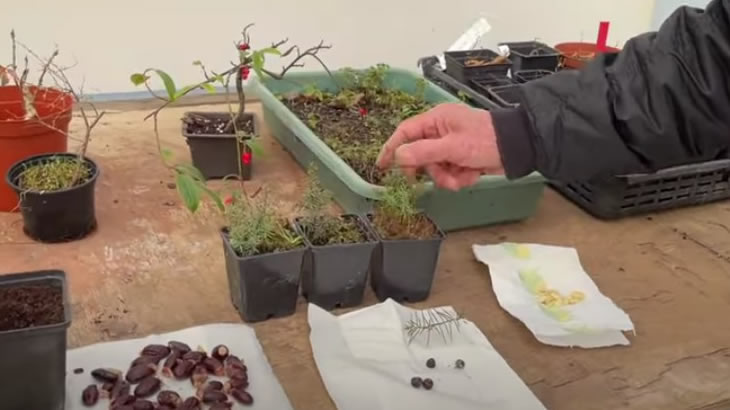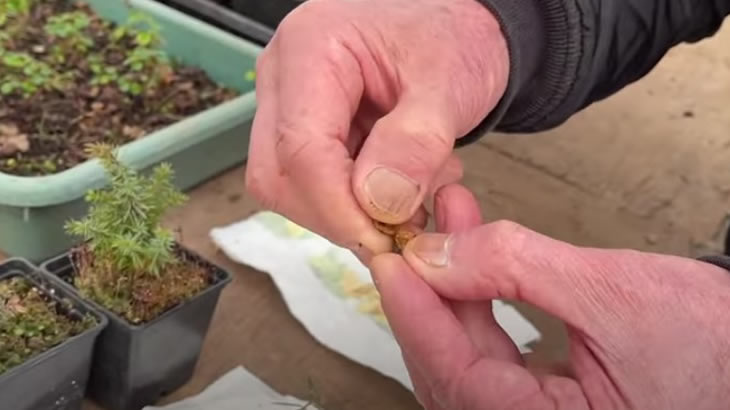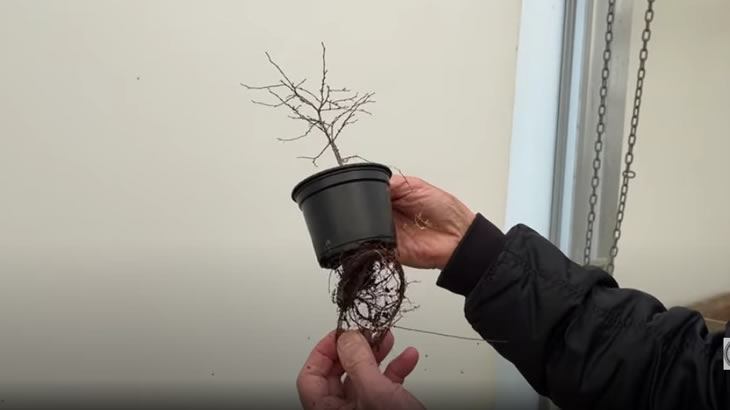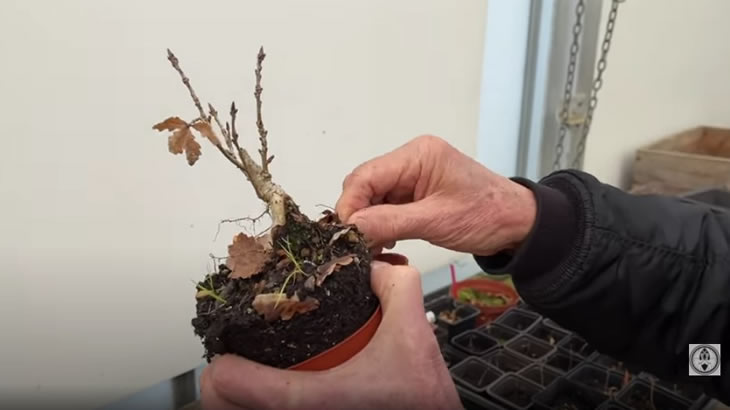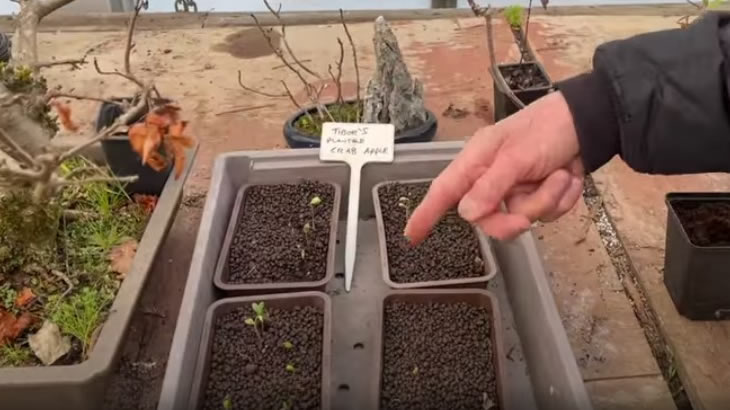- SALE ITEMS
- Bonsai For Beginners+
- Indoor Bonsai Trees +
- Outdoor Bonsai Trees+
- Young Starter Bonsai Trees+
- High Quality Specimen Trees+
- Bonsai Pots+
- Bonsai Tools & Accessories+
- Peter's YouTube Tutorials+
- Bonsai in Autumn - What to expect
- Shaping a Yew Bonsai
- Japanese Maple Decisions - Part 1
- Japanese Maple Decisions - Part 2
- Large Bonsai at RHS Wisley
- Literati Bonsai (in brief)
- Big Bonsai on the Herons Nursery
- Bonsai from Field Grown Material
- Commonly Used Bonsai Terminology
- How to Create a Bonsai from Raw Material
- How to Re-Shape a Bonsai Tree
- How to Prune and Shape Pine Bonsais
- How to Prune and Shape Pine Bonsais - Part 2
- How to Prune Wisteria Bonsai
- How to Create a Cascade Shaped Bonsai from a Needle Juniper
- How to Create a Large Trunk Maple Bonsai
- How to Recognise Winterburn on Evergreen Bonsais
- How to Split a Bonsai Trunk | Peter Chan
- How to Clean a Pine | Peter Chan
- How to Create a Junpier Bonsai | Peter Chan
- How to Wire a Bonsai | Peter Chan
- How to Wire a Larch Into a Bonsai | Peter Chan
- How to Create a Bonsai from a Starter Tree | Peter Chan
- Pruning Your Chinese Elm bonsai tree | Peter Chan
- Pruning Your Evergreen Bonsai Tree | Peter Chan
- Styling and Repotting an 80 Year old Chinese Juniper Bonsai
- Air Layering A Bonsai Tree | Peter Chan
- Creating a Maple Bonsai in 20 mins | Peter Chan
- Raku Fired Bonsai Pots
- Pine Bonsai Reshape and Prune
- Problems with Japanese White Pine
- Potting Exposed Root Over Rock
- Sowing Seeds
- Restyling A Deshojo Maple
- How to Care for a Bonsai Tree
- Pine Bonsais - How to Deal With Pine Candles
- Caring for Bonsai in Extreme Heat
- Thinking Logically in Bonsai - Easy Decision-Making
- Workshops & Classes
- Herons Clothing
- Bonsai Books & Magazines
- Gift Vouchers
- Japanese Garden Ornaments
- Repotting Service

Buy From The Best With Confidence

Peter Chan World Famous Bonsai Expert

21 Times Chelsea Flower Show Gold Medal Winner





.png)




